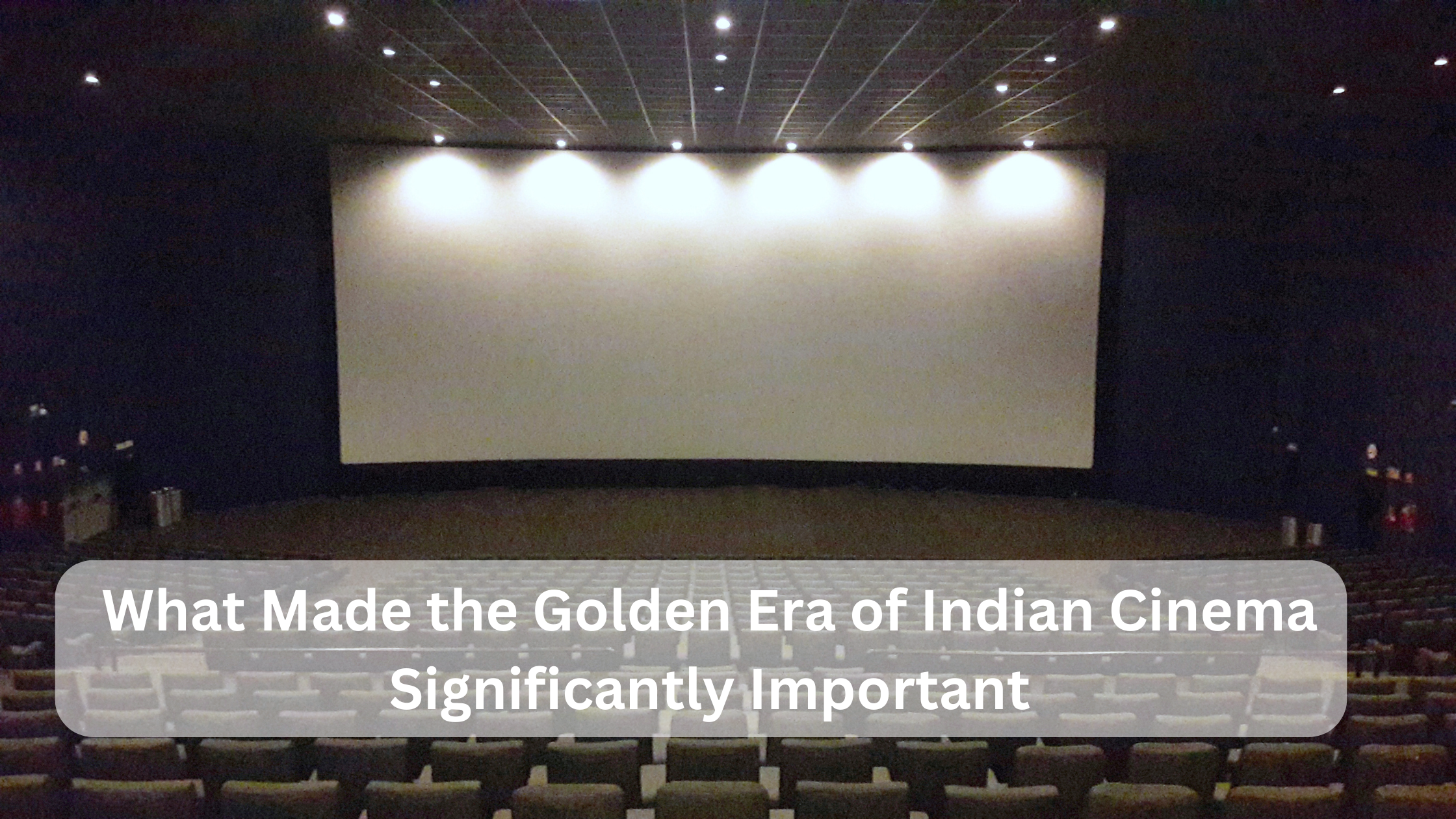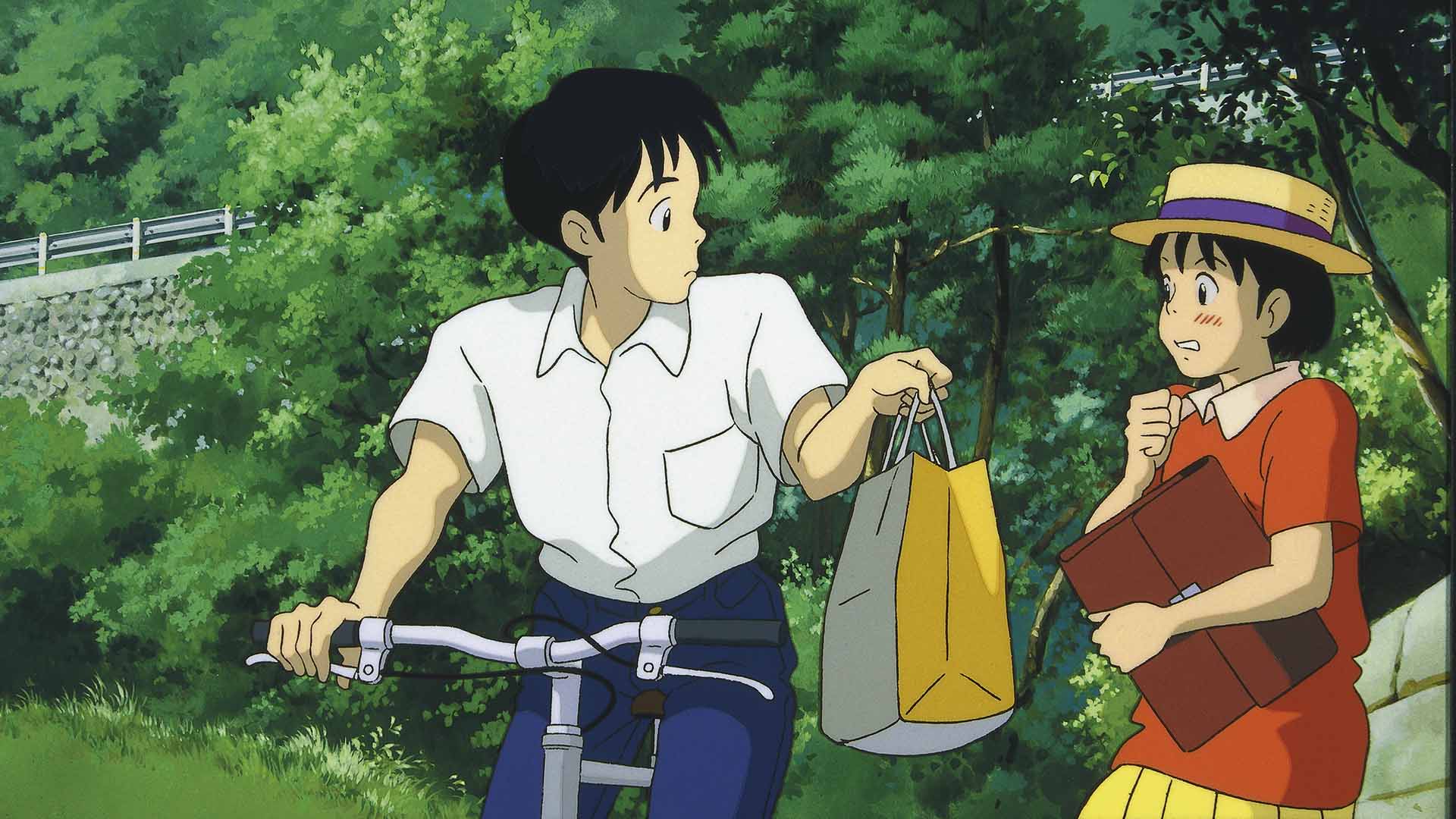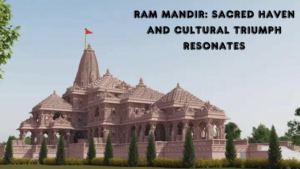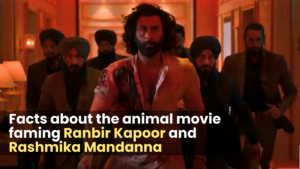What Made the Golden Era of Indian Cinema Significantly Important
A number of outstanding and unforgettable Bollywood films were released during the golden age of Indian cinema. When the Second World War broke out in 1939, the focus shifted to the actors, who were not only well-paid but also went on to launch their own businesses. Film directors such as Mehboob, Bimal Roy, Guru Dutt, and Raj Kapoor began their careers in the 1930s and 1940s, a period marked by trauma for the Indian populace. The directors’ upbringing was influenced by various events such as the worldwide struggle against fascism, hunger, changing social mores, and the struggle for independence. But these talented directors came of age in the 1950s, and they turned the tide on Indian cinema.
The heyday of Indian cinema, characterized by melodious socials and melodramas that elevated actors and actresses to household names, began during the post-independence era. RK Films’ Raj Kapoor was one such. Raj Kapoor’s Awara, which became popular both domestically and internationally, set the standard for mainstream commercial filmmaking. Dev Anand and his brother Chetan Anand founded Navketan in 1949 following Raj Kapoor. But the studio system persisted, and Kidar Sharma, Bimal Roy, and Mehboob Khan (Mehboob Productions) proudly raised the flag.
There were now films being made on a variety of subjects. There were up to 50 films that featured the lost brother theme. The heartbreaking melodrama continued side by side, primarily in movies in the Meri Behan, Choti Behan, and similar genres. Films such as Ganga Jammuna, Jis Desh Mein Ganga Behti Hai, and Mujhe Jeena Do showcased the decoity of Indian brides, while Gumasta (1951) emphasized their humble position. Sholay’s incredible success has encouraged the production of a veritable harvest of crass dacoit films in recent years.
The inter-caste issue has found reasonably good expression, starting with Nitin Das’s Chandidas, particularly in relation to the lower, depressed untouchable castes. Dharmatma by Shantaram, Achhoot by Chandulal Shah, Achoot Kanya by Bombay Talkies, Sujata by Bimal Roy, Prarthna by Vasant Joglekar, and Dil Char Rahein by Abbas Char. Numerous films have used the rural-urban contrast as a theme, usually favoring the village over the town.
Mehboob’s Aurat (1940) brutally exposed some of the widespread evils that turned peasants into robbers in rural society. He recreated it as Mother India in 1957, using all the color and opulence he could muster; it received an Oscar nomination. In the same way that Hrishikesh Mukherjee’s Namak Haraam depicted the peculiar tale of two male friends—the impoverished one initially aiding the rich one in suppressing the workers, and the latter eventually succumbing to their cause—his previous film Roti had depicted the metamorphosis of a tramp into a callous capitalist.
Reform movies also had their moment, particularly Jagte Raho by Raj Kapoor, which followed a gullible Yokel’s accidental unveiling of the honorable but antisocial residents of a sizable colony. Awards for the same director’s Awaara were also received, particularly in the communist nations where it was accepted as a form of protest against a system.
While these directors did contribute to the development of an unconventional cinema, Satyajit Ray’s Pather Panchali (1955), Aparajito (1956), and Apur Sansar (1958) garnered the first international recognition. Many people rank Satyajit Ray as one of the all-time great directors. Before he passed away in 1995, he was given an Oscar for lifetime achievement.His body of work, which includes Shatranj Ke Khiladi and the Apu trilogy, gave it a universal stature that was greater than it had been up to this point. Govind Nilhani’s Ardh Satya, while not in the same class, is realistic nonetheless, explaining in simple terms the brutality and dehumanization of the police force.
Thus, the parallel film movement that favored realistic filmmaking began to emerge in the 1970s. The enduring trend of the irate young man facing off against the Establishment—embodied by Indian film industry superstar Amitabh Bachchan—began about the same time. This trend of Amitabh Bachchan being a one-man show continued until the late 1980s. The introduction of video and cable television in the late 1980s caused box office receipts to decline, but the industry persevered with a strength that surprised many.










